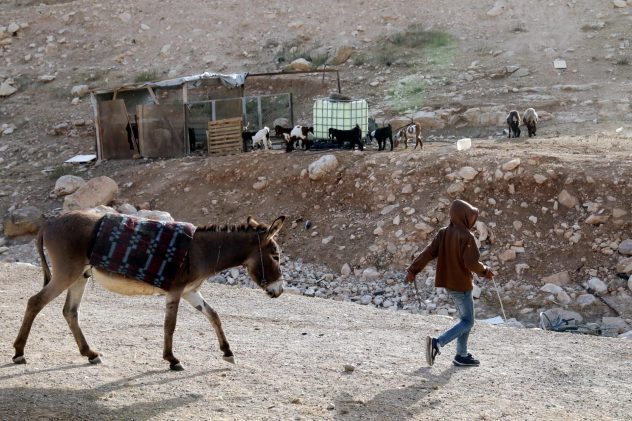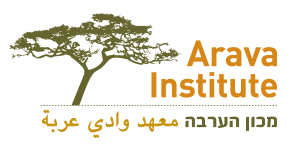Throughout the Negev, in the areas defined as “open areas,” there are 47 unrecognized Bedouin villages, which are not protected by Iron Dome coverage. In the absence of protected spaces or permanent structures, the percentages of direct hits from rocket fire increase, and claim many victims. Since the outbreak of the war, 19 civilians from the Bedouin population of the Negev have been killed, including 6 children. In addition, about 40 Bedouins missing or kidnapped have been counted so far. In a moving personal testimony published on our blog, Fareed Mahameed, a graduate of the Arava Institute and Assistant Director of the Institute’s Center for Transboundary Water Management, shares the difficult experiences that the Bedouin citizens in the unknown villages have been going through in recent times.
On the first day of the war, a rocket fired from Gaza hit the family home of Ibrahim Al-Quran, who teaches at the Makif Atid Alfura school. As a result, Ibrahim’s two sons and two of his nephews were killed. Ibrahim lives in the village of Albat, an unrecognized Bedouin village near Sawa, south of Meitar. I visited the mourners’ tent, and heard Ibrahim’s painful testimony about those difficult moments:
“At 06:30 in the morning a rocket hit near our house, then the whole family woke up, scared. There was no alarm and no warning. We were afraid that the rocket would cause an additional explosion, so we ran away from the house to the Shig (the place where guests are received in Bedouin culture). The whole family crowded into the Shig. After 20 minutes a second rocket hit and killed my children and nephews. We were just like ducks in a shooting range.”
Even the second time, no alarm was activated, and no Iron Dome was activated, even though the village is located near the Nevatim Airforce base. But the tragedy did not end then. After some time, another rocket hit the border between Albat and Kfar Khokhla, claiming the lives of an old woman and her granddaughter. In the third hit, neither an alarm nor the Iron Dome was activated. If there is something that shook me, it was Ibrahim’s statement, “At least I buried my children, and I know they are not kidnapped or missing.”

Another story, which actually made headlines, is the story of Yussef Mahsan, who lives in the Ziadna neighborhood, an unrecognized neighborhood cut off from infrastructure in the city of Rahat. Yosef is the hero driver who saved people from being slaughtered at the party at Re’im, while risking his life. When I called to ask how he was, he told me, “I’m not looking for attention and I don’t want it. It’s a commandment of Islam that I followed, and as a human being, the humane values of saving lives are the most sacred.” I thanked Yosef and added that thanks to people like him I see light at the end of the tunnel. At the end of our conversation, I asked him, “Do you have a protected space or shelter at home or in the neighborhood?” and he answered me, “You know, many politicians, government representatives and journalists came to take pictures and visit me, but no one asked me that question! And the answer is no, I have neither a private shelter nor a public shelter, because there are no building permits here.“
In recent times I have engaged in an urgent and important struggle like no other, together with many other partners—Jews and Arabs—to convince the decision-makers to provide protected spaces to the unrecognized villages and activate the Iron Dome for them. I call on the government to recognize these villages, and to immediately provide them with standard bomb shelters.
—
Fareed Mahameed is a graduate of the Arava Institute and Assistant Director of the institute’s Center for Transboundary Water Management. As part of his position, he manages the pedagogical hub project for off-grid communities at the Makif Atid Alfura school, an off-grid school in an unrecognized village. Over the past two years, there has been a fruitful collaboration between the Arava Institute and the school, which is designed to provide environmental solutions for wastewater treatment and to build a climate resilience program for students and the community. 3,000 students typically study in the Alfura educational district, however, there is not a single protected space in the entire district.


